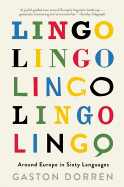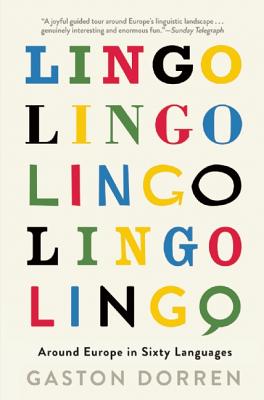 Languages have been shaped by geography, wars, political ideologies and policies, and their proximity to other languages. In Lingo: Around Europe in Sixty Languages, his first book translated into English, Dutch linguist and journalist Gaston Dorren offers what he calls "an amuse-bouche" of European language and linguistics, "a guidebook of sorts, but in no sense an encyclopedia."
Languages have been shaped by geography, wars, political ideologies and policies, and their proximity to other languages. In Lingo: Around Europe in Sixty Languages, his first book translated into English, Dutch linguist and journalist Gaston Dorren offers what he calls "an amuse-bouche" of European language and linguistics, "a guidebook of sorts, but in no sense an encyclopedia."
Quirks of particular languages occupy some of his chapters: the profusion of belittling diminutives for women in Italian; awkward counting systems; the linguistic effects of mountains and the "astonishingly ornate" word forms of Welsh. In others, Dorren uses one language to illuminate a broader topic, such as the ongoing disappearance of grammatical cases across Europe, or the linguistic concept of "ergativity." At the end of each chapter, he lists words that have come into English from this particular language, and a useful word from it that has no English equivalent, such as German's "gönnen... the exact opposite of 'to envy': to be gladdened by someone else's fortune." For those interested in learning more, Dorren lists 10 other books that dig deeper into many of his subjects.
Dorren is an enthusiastic polyglot who can speak six languages and read nine more, and although he sees many ways in which Europeans could overcome some of their linguistic differences, much of his book tells the story of a culturally fragmented collection of peoples devoted to staying that way. For example, he notes that there is no such thing as Norwegian, only regional dialects and four written forms "ranging from 'moderate' (more Danish) to 'radical' (less so)." Two of these written forms are official. Both are taught in their schools, including the two sets of spellings. "There are even Norwegian-Norwegian dictionaries." It seems that Norway is far from alone in this degree of internal linguistic controversy, and if anything, languages that were dead or gasping their last are now being revived all over Europe. "Whereas the political map is a mass of solid monochromatic blocks, the languages of the continent create something that's more like a multi-colored mosaic in many places, while in other regions it resembles a floor that's been sprinkled with confetti." French and German have their chapters in Lingo, and so do Occitan, Arpitan, Ladin and Manx.
For language lovers and those who enjoy obscure facts, European culture and politics--or all of the above--Lingo will be an entertaining book to dip into, a tasting menu of the pleasures of languages. --Sara Catterall
Shelf Talker: The histories, quirks and influences of 60 European languages are touched upon in brief entertaining essays by Dutch journalist and linguist Gaston Dorren.
 In September, bookstore sales rose 6.8%, to $1.1 billion, compared to September 2014, according to preliminary estimates from the Census Bureau. This marked a continuation of the gains through most of the year, excluding August, when sales were down. For the year to date, bookstore sales are up 0.8%, to $8.191 billion.
In September, bookstore sales rose 6.8%, to $1.1 billion, compared to September 2014, according to preliminary estimates from the Census Bureau. This marked a continuation of the gains through most of the year, excluding August, when sales were down. For the year to date, bookstore sales are up 0.8%, to $8.191 billion.






 Germany's Federal Cartel Office has begun an investigation into the long-term agreement under which Apple buys audiobooks from Amazon's Audible subsidiary for sale on Apple's iTunes store, Reuters reported.
Germany's Federal Cartel Office has begun an investigation into the long-term agreement under which Apple buys audiobooks from Amazon's Audible subsidiary for sale on Apple's iTunes store, Reuters reported.
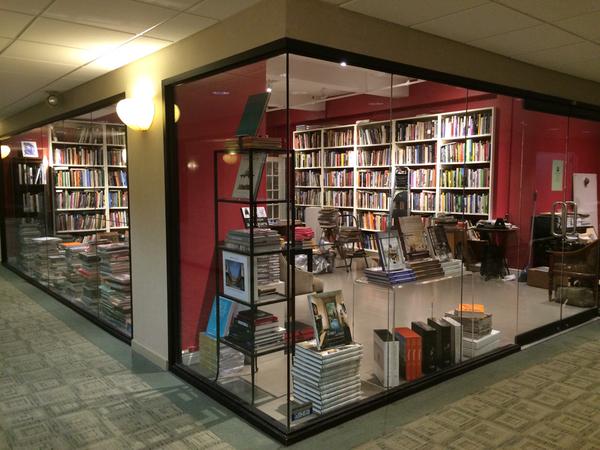 A year after it
A year after it 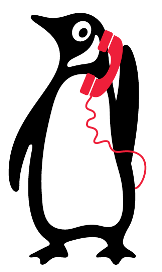 For the second year in a row, Penguin is operating the
For the second year in a row, Penguin is operating the  Chronicle Books has launched its fourth annual
Chronicle Books has launched its fourth annual 

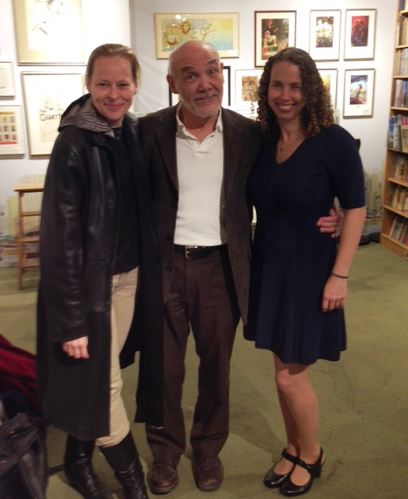
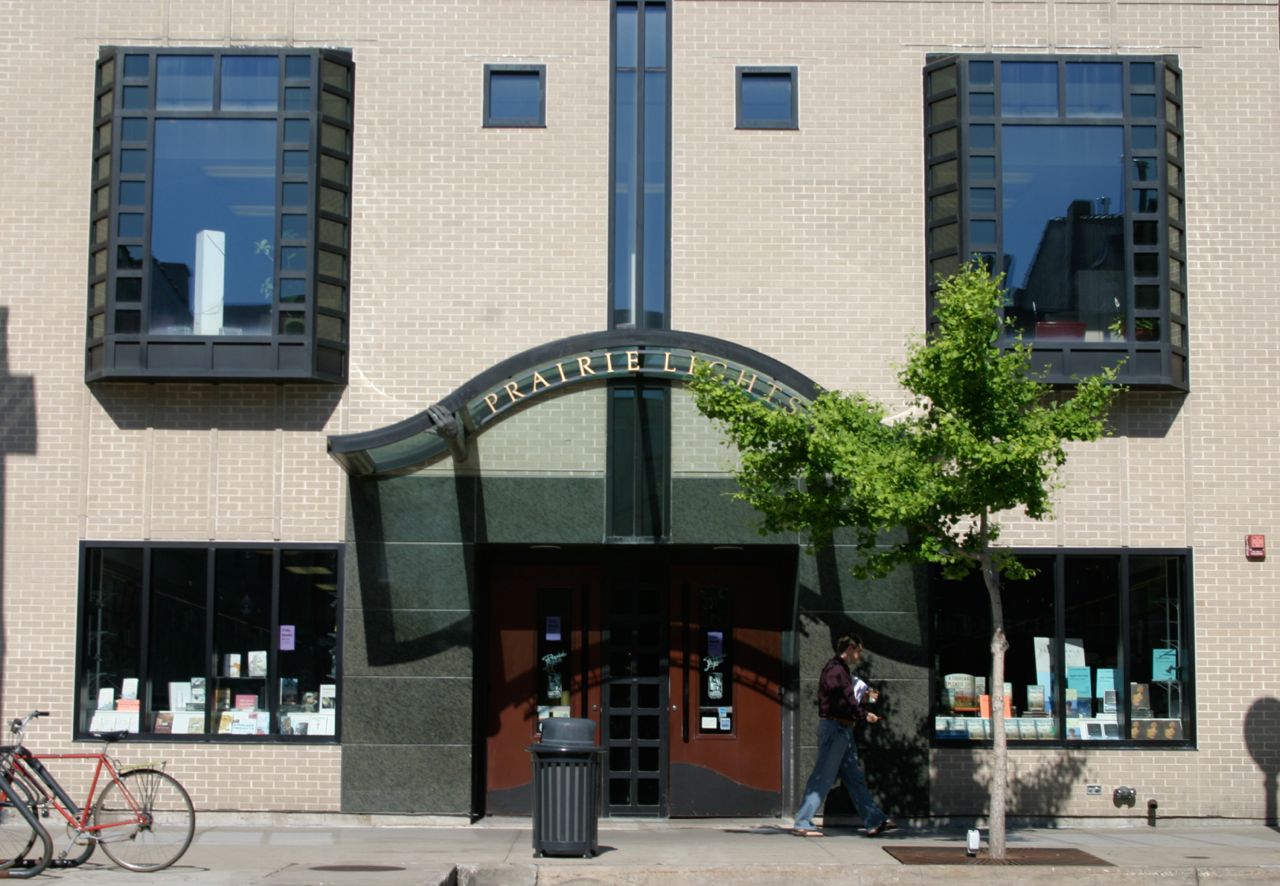 Prairie Lights Books
Prairie Lights Books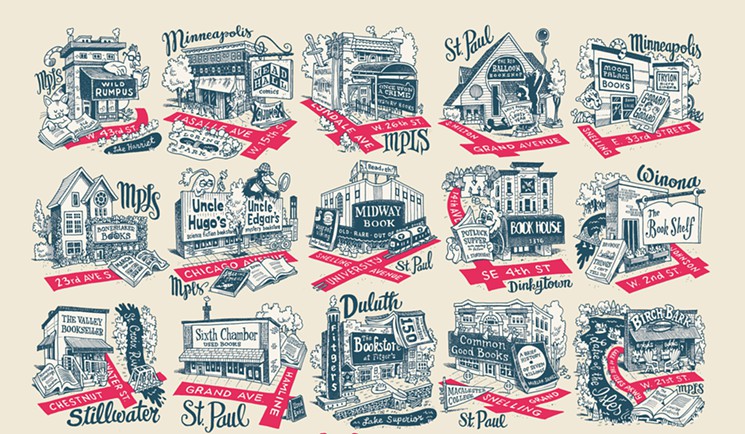
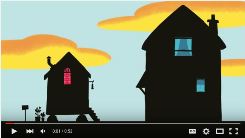 I Love You Already!
I Love You Already! Languages have been shaped by geography, wars, political ideologies and policies, and their proximity to other languages. In Lingo: Around Europe in Sixty Languages, his first book translated into English, Dutch linguist and journalist Gaston Dorren offers what he calls "an amuse-bouche" of European language and linguistics, "a guidebook of sorts, but in no sense an encyclopedia."
Languages have been shaped by geography, wars, political ideologies and policies, and their proximity to other languages. In Lingo: Around Europe in Sixty Languages, his first book translated into English, Dutch linguist and journalist Gaston Dorren offers what he calls "an amuse-bouche" of European language and linguistics, "a guidebook of sorts, but in no sense an encyclopedia."